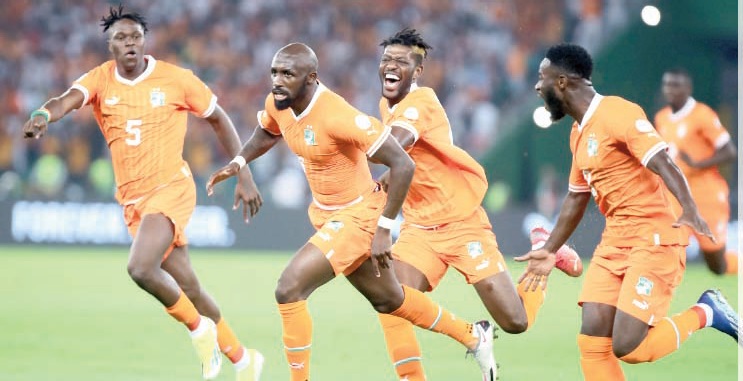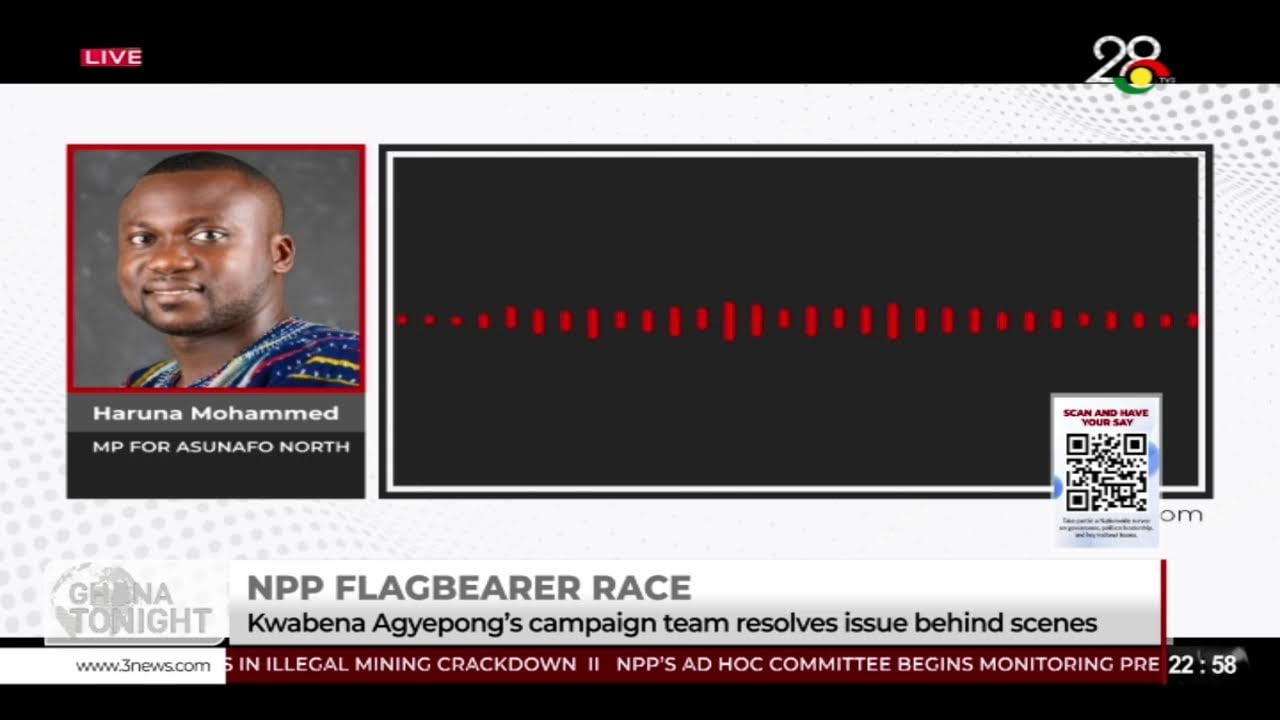
By Rejoice Esi Asante (PhD) ([email protected])
The role of leaders in this volatile world with various uncertainties cannot be overemphasized and to overcome or handle the challenges presented it is important to find suitable leaders that can exhibit the preferred traits to propel organisations above challenges presented by globalization and advancement in the digital ecosystem.
The traits needed are embedded in personalities. Years of research have shown that some personalities are more prone to certain leadership styles and are preferred than others.
Personality has been associated with character or attitude. Its measurement, which type is good for leadership and whether or not it can change have flooded many conversations. It has been attributed to charisma, charm or temperaments. Many people also confuse personality to imply that a person has been evaluated as possessing positive qualities (Bryan & Babelay, 2009).
Others think of personality as in a friendly person, an outgoing and outstanding person, and all these may be describing what we regard as good character in our culture. However, personality is much more than those and has a lot of influence on leadership capabilities. In this article, I delve into what personality is and its relationship to leadership. I will also explore which personality type is best suitable to a leadership style.
Personality Types:
Personality is the combination of stable physical, behavioral, and mental characteristics that gives individuals their unique identities (Plomin, et.al., 2016). These characteristics or traits—including the way we look, think, act, and feel.
They are also the product of interacting genetic and environmental influences and are stable over time and across situations and cultures. Psychologists regard personality as a person’s unique long-term pattern of thinking, emotions, and behaviour (Burger, 2011; Ewen, 2009, Warr, et al., 2006), referring to the consistency of how one is, how one have been and how one will become.
It also includes the innate characteristics of the individual and the skills acquired later. In other words, it constitutes the biological and social dimensions of the individual’s psycho-social existence” (Kumcu & Çentinel, 2022, pp. 274). Bingham defined a leader as a person who possesses the greatest number of desirable traits of personality and character” (p. 471).
The Trait Theory of leadership suggested that personal characteristics determine a leader, as well as the relationship with followers and the performance obtained by the team. According to Colbert et al. (2012), the theory proposed that certain traits make leaders different from those who are not.
Personality Theories and Categorization:
The classification of personality can be traced back to Hippocrates, who identified four temperaments based on body fluids: sanguine (optimistic and confident) choleric (assertive, decisive), melancholy (depressed and downhearted) and phlegmatic (calm and unemotional).
Each of the temperament carries distinct characteristics that influence behaviour and even though Hippocrates’ theory is long outdated, his observations about human behaviour remains relevant.
The sanguine are extroverted, fun-loving and optimistic. the choleric are assertive, leadership-oriented, and decisive. The melancholy is detail-oriented, introspective, and often perfectionistic while the Phlegmatic are easygoing, agreeable, and supportive (Littauer, 1992). The researcher emphasizes that understanding these personality differences can foster better relationships and collaboration in workplaces.
Over the years, psychologists have measured personality based on the trait theory. There are other theories such as the humanistic, psychoanalytic, socio-cultural and biological theories, the focus in this article is on the trait theories, which seeks to identify and describe stable personality traits and dimensions that influence behaviour. Other modern personality theories will also be discussed.
These theories focus on distinct aspects, from the unconscious mind and early childhood experiences (Psychoanalytic) to inherent predispositions (Biological) and the influence of learning and environment (Behaviorist and Social-Cognitive). No single theory fully explains personality; instead, they provide various insights into the complex nature of human behavior and individual differences.
Certain schools of thought have argued that personality is determined by nature, i.e. the genetics of individuals including inherited biological make up such as DNA and genes. Another school believe that personalities are determined by nurture, that is the environment, referring to environmental influences including upbringing and socialization, family, education, social interaction and culture among others.
Contemporary views also argue that a third factor, situational factors also influence personality both at the heredity and environmental levels. An individual’s personality, although generally stable and consistent, does change in different situations. More specifically, the demands of different situations call forth different aspects of an individual’s personality.
Psychologists have also proposed many ways to categorize personalities. Swiss psychiatrist Carl Jung (yoong) proposed that people are either introverts or extroverts, the introverts being shy, reserved, usually with inward focused attention.
The extrovert, however is bold, outgoing, with an outward focused direction. There is the “Myers-Briggs Type Indicator” and “the Big Five Model, the two popular methods that have been used to determine personality traits which are common across a variety of cultures.
The big five model also known as OCEAN, CANOE or the five-factor personality in organizational behaviour, propose five main traits, Openness (intellectual, talkative, sociable and assertive); Conscientiousness (dependable, responsible, achievement oriented and persistent); Extraversion (outgoing, talkative, sociable and assertive), Agreeableness (trusting, talkative, cooperative and softhearted) and Neuroticism (emotionally stable, relaxed, secure, unworried). A person’s scores on the Big Five reveal a personality profile as unique as their fingerprints.
The Myers-Briggs (MBTI) on the other hand, classifies people based on how they prefer to: focus their attention, collect information; process and evaluate information, and orient themselves to the outer world. For example, someone scoring high on extroversion will be an extrovert—outgoing, talkative, sociable, and assertive.
Someone scoring low on emotional stability will likely be nervous, tense, angry, and worried. It was constructed during World War II by Americans Katharine Cook Briggs and her daughter Isabel Briggs Myers, inspired by Swiss psychiatrist Carl Jung’s 1921 book Psychological Types.
The MBTI Personality Traits –Dimensions include Extraversion/Introversion (E or I). This dimension refers to how people focus themselves: inside (introversion) or outside (extraversion), Sensing/Intuiting (S or N). This dimension refers to how people gather information: very systematically (sensing) or relying on intuition (intuiting), Thinking/Feeling (T or F).
This dimension refers to how people prefer to make decisions: objectively and impersonally (thinking) or subjectively and interpersonally (feeling) and Judging/Perceiving (J or P). This dimension refers to how people order their daily lives: being decisive and planned (judging) or spontaneous and flexible (perceiving).
Personality traits significantly influence an individual’s preferred and most effective leadership style, with factors like extraversion often correlating with directive or charismatic approaches, and conscientiousness with more structured or facilitative styles.
While some personality types may naturally align with certain leadership approaches, effective leadership involves adapting one’s style based on context and team needs, rather than being limited by a fixed personality. Understanding one’s own personality is key to developing a more authentic and adaptable leadership approach
Leadership Styles:
Leadership styles refer to the behavioral approaches employed by leaders to influence, motivate, and direct their followers. A leadership style determines how leaders implement plans and strategies to accomplish given objectives while accounting for stakeholder expectations and the wellbeing and soundness of their team.
The common styles in literature include Autocratic (authoritarian decisions), Democratic (collaborative decision-making), Laissez-Faire (delegated authority), Transformational (inspiring change), Transactional (rewards and punishments), and Servant (prioritizing team well-being). Several factors influence these type of leadership, one of them being personality, values, skills and experiences and situational factors.
Which leadership style is best?
Studies on leadership styles have been undertaken in various fora to establish the appropriate or most effective leadership style that motivates and influences others to accomplish set goals. The major tenet of effective leadership style is the degree to which it builds follower trust.
Since the beginning of the studies on leadership, researchers have sought to determine the characteristics that define an effective leader and those that differentiate them from other people (Garzón-Lasso, et al., 2021). The emergence of the five-factor model however has shown a significant relationship between personality traits and leadership (Damti & Hochman, 2022) specifically with transformational leadership (Alessa, 2021; López-Perry, 2020).
The key elements that define leadership styles are seen in communication and collaboration, decision-making and adaptability. No one leadership style according to research, fits all organizations or situations. In addition, there is no one right way to lead, and there may be a need to switch between different leadership styles.
However, the right leadership approach is often determined by the following factors: the type of organization, i.e., mature or growth-oriented, the type of work involved, i.e., routine or creative, the level of experience and skill of the team and the personality of the leader. A consideration of the above factors will likely determine the appropriate leadership style to adopt or an appropriate combination of certain leadership styles.
The relationship between personality and leadership
From the Big Five Personality Traits, gives an idea of how personality influences leadership. For instance, leaders high in extraversion may excel in charismatic and authoritative roles, inspiring others and taking charge. Those high in agreeableness are well-suited for democratic and affiliative styles, fostering harmony and collaboration.
Those high in conscientiousness often prefer structured and facilitative styles, demonstrating responsibility and a strong work ethic. The trait of openness to experience is linked to transformational and visionary leadership, valuing new ideas and encouraging innovation while those high in neuroticism can present challenges, but a cautious aspect of this trait can foster a more empathetic and safety-conscious leadership approach.
These traits are also known to have their lows as well for instance those low in extraversion are introverted, unenergetic and silent. Those low in agreeableness are cold, unkind and uncooperative. Those low in conscientiousness are disorganized and irresponsible. For those low in emotional stability or neuroticism, they tend to be angry, tense, nervous, envious and unstable. If they are not open to experience, they tend to be unintelligent, imperceptive and unanalytical (Daft, 2025).
Common Personality Types and their Leadership Styles:
A combination of personality traits has been found to often be associated with leadership success due to qualities like strategic thinking, strong communication and organizational skills. The MBTI personality indicator identified these combinations for instance, ENTJ (extraversion (E), intuition (N), thinking (T), judgment (J); ENFJ (extraversion (E), Intuition (N), Feeling (F), Judgement (J), ESTJ (extraversion (E), sensing (S), thinking (T), judgment (J), and INTJ (Introversion (I), intuition (N), thinking(T) and judgment (J).
In conclusion it is important to know that personality is not a fixed limitation but a foundation on which leadership styles can be built though truthfulness and alteration. Research also shows that the most effective leadership style is often situation based. A leader must be able to adjust their approach based on the situation and the follower’s needs. Thus it is imperative to be situationally aware. Self-awareness is found to be crucial. Understanding one’s personality traits helps identify natural leadership tendencies on which strengths can be leveraged.
The post Personality types and leadership styles: Which type best fits a style? appeared first on The Business & Financial Times.
Read Full Story


















Facebook
Twitter
Pinterest
Instagram
Google+
YouTube
LinkedIn
RSS